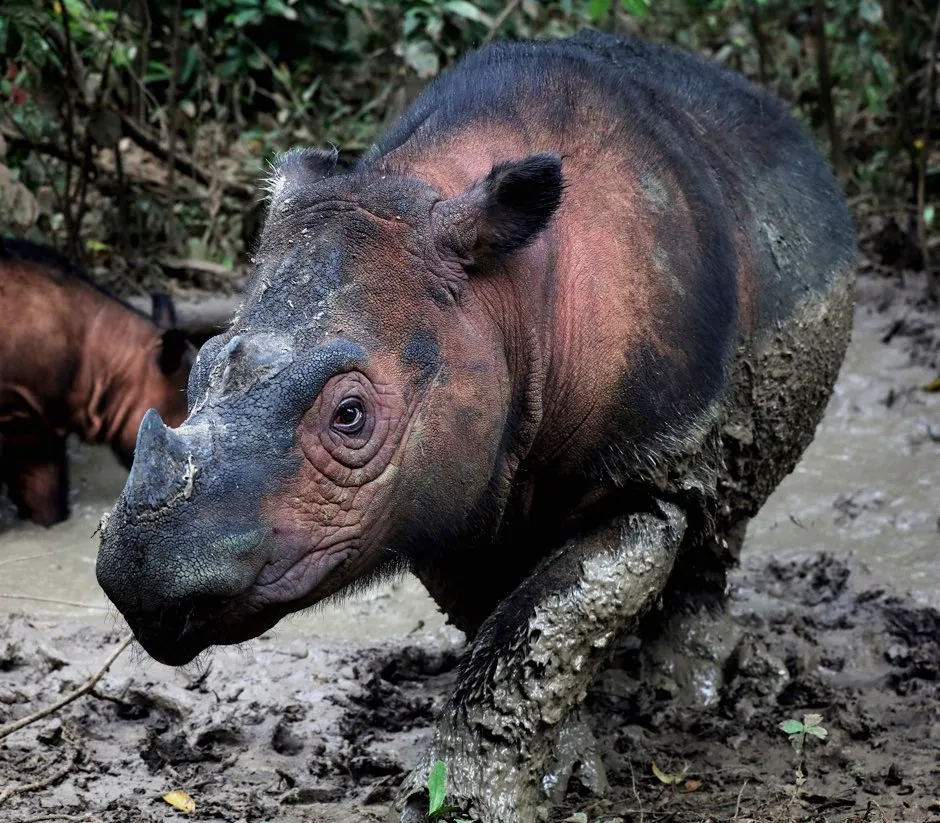More than 500 land-based vertebrate species are on the brink of extinction in the next two decades as a result of human activities, scientists have warned.
Researchers believe the rate of decline of these species to be much higher than previously thought and could have a devastating impact on the world’s ecosystems.
The new study in the journal Proceedings of the National Academy of Sciences comes from scientists at the universities of Stanford and Mexico City who published a report in 2015 declaring the world’s sixth mass extinction was already under way.
Based on their findings, the researchers now believe this mass extinction is currently accelerating and are calling for immediate global conservation actions to prevent a “catastrophic ecosystem collapse”.
Read more about extinction:
- Zoology in 30 seconds: conservation and extinction
- Mass extinction: Can we stop it, and can we learn anything from the fate of the dinosaurs?
- Could we bring back an extinct species using DNA, Jurassic Park style?
Paul Ehrlich, from Stanford University in California and one of the authors on the study, said: “When humanity exterminates populations and species of other creatures, it is sawing off the limb on which it is sitting, destroying working parts of our own life-support system.
“The conservation of endangered species should be elevated to a national and global emergency for governments and institutions, equal to climate disruption to which it is linked.”
More than 400 vertebrate species became extinct in the last 100 years – extinctions that would have taken up to 10,000 years in the normal course of evolution, the researchers said.
Examples include the ivory billed woodpecker, and the Round Island burrowing boa and, more recently, the golden toad.
To better understand the current extinction risk faced by some of the creatures, the team looked at the abundance and distribution of critically endangered species, using data from the International Union for the Conservation of Nature (IUCN) Red List of Threatened Species and from Birdlife International.

They found 515 (1.7 per cent) out of 29,400 species analysed are on the brink of extinction, with less than 1,000 individuals remaining in each species.
Those on the brink of extinction are located mainly in tropical and subtropical regions, in areas that are heavily affected by human activities, the researchers said.
Terrestrial vertebrates facing extinction include species such as the Sumatran rhino, the Clarion island wren, the Espanola Giant Tortoise and the Harlequin frog.
Additional analysis suggests more than 237,000 populations of mammal and bird species on the brink have vanished since 1900.
Read more about animals:
- Here's looking at poo: the weird and wonderful species that look like faeces
- Flamboyant animals: seven of nature’s most colourful show offs
- Cannibal animals: 10 gruesome examples of animals eating each other
These declines are being driven by wildlife trade and other human pressures such as population growth, habitat destruction, the wildlife trade, pollution and climate change, the researchers said.
A vast majority (84 per cent) of species with populations under 5,000 have been found to live in the same areas as species with populations under 1,000.
According to the team, this means the loss of endangered creatures could have a “domino effect” on other species.

Lead author Gerardo Ceballos, from the University of Mexico, said: “What we do to deal with the current extinction crisis in the next two decades will define the fate of millions of species.
“We are facing our final opportunity to ensure that the many services nature provides us do not get irretrievably sabotaged.”
Reader Q&A: Has an animal ever evolved itself into extinction?
Asked by: Matthew Cox, Wantage
It’s quite hard for a predator to drive itself extinct simply by being such a good hunter that it eats all of the available prey. Normally, evolution is a very slow process and predators are engaged in an ongoing arms race with their prey, who are also evolving new ways to escape.
If the balance starts to shift in favour of the predator, the amount of available food dwindles and the predators aren’t able to raise as many young. This allows the prey population to recover and equilibrium is restored.
But when a predator specialises to hunt a single prey species, it can get trapped in an evolutionary dead end. This happened to the Haast’s eagle in New Zealand, which had evolved to prey exclusively on the flightless moa bird. When humans arrived in the 13th Century, the moa were hunted to extinction within 200 years. The Haast’s eagle couldn’t adapt to find new prey and went extinct too.
This phenomenon, known as ‘coextinction’, is also common with parasites that have adapted to live on a single host animal.
Read more:
